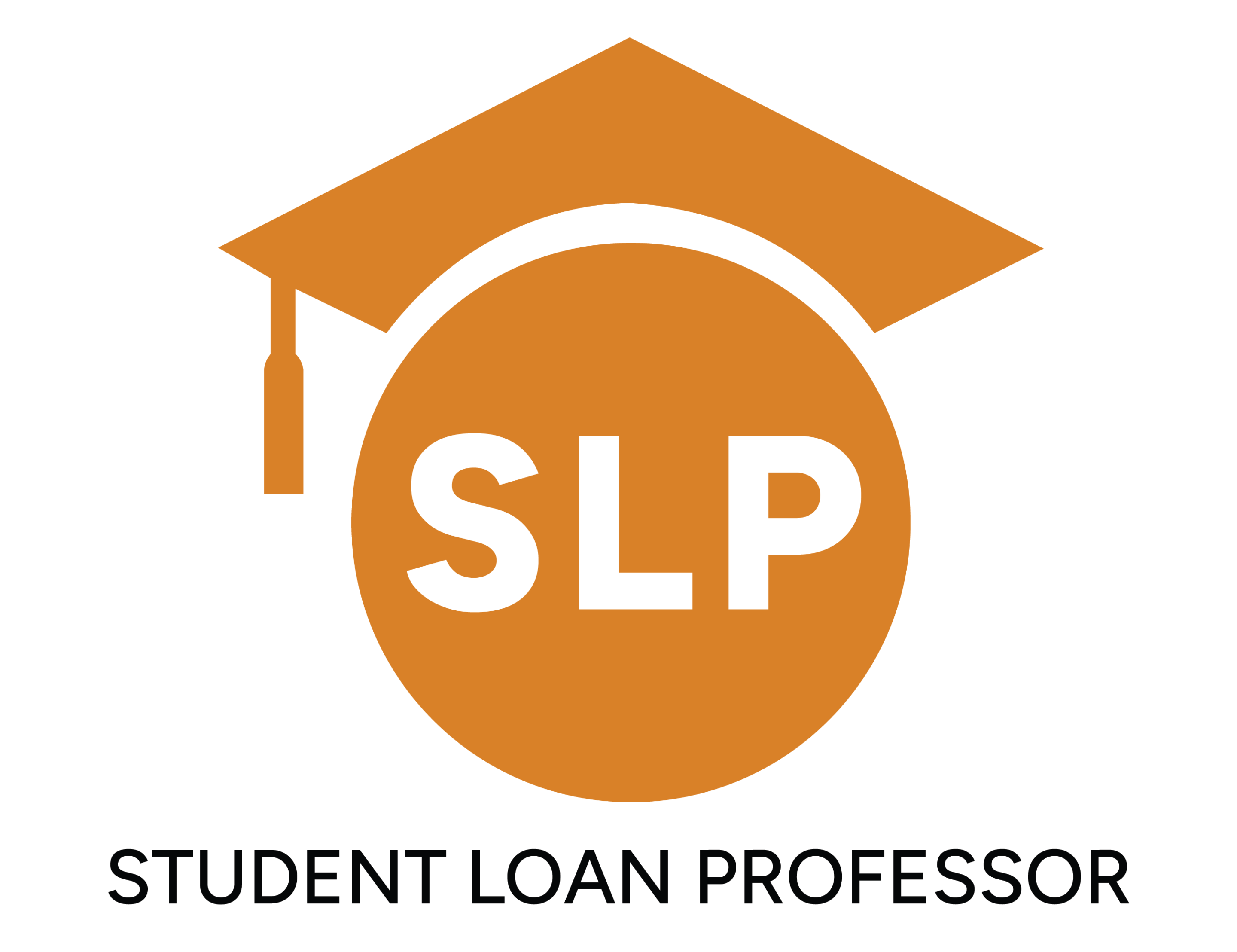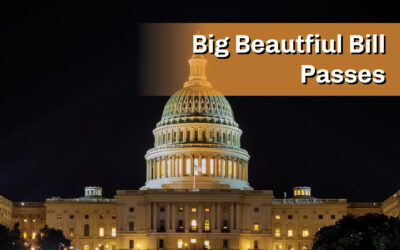Summer, 2016: Paying for a medical education is challenging, which is why the majority of young physicians have substantial student loans. Among the graduating classes of 2014-2015, 84% of allopathic medical students, and 88% of osteopathic medical students left school with student loan debt. The average physician has between $180,000-$230,000 worth of debt at some point (including medical school & undergraduate debt).
Graduated Repayment:
The graduated plan allows you to begin making smaller monthly payments during the first two years of repayment, then significantly higher monthly payments for the remaining eight years of the 10 year term. This plan can lead to higher interest costs because the principal of the loan is not paid off as quickly. Additionally, the two years of reduced payment does not provide adequate relief for residents who are in training for a minimum of three years.
Student Loan Repayment: What Makes the Most Sense for you?
Income-Driven Repayment Plans
IDR’s are useful for those who have high student loan debt and/or modest income levels, which is the case for most residents and fellows. With this repayment method, you have monthly payments that are 10 to 20 percent of your discretionary income. Payments are recalculated each year and are based on your updated income and family size. If your monthly payment is not enough to cover the accrued interest, the government covers a portion of that interest, depending on the specific IDR plan. Utilizing an IDR plan is also the only way to position for the Public Service Loan Forgiveness program. While all of the IDR plans operate using the same fundamentals, there are very important distinctions between them. Below is a summary showing the IDR plans which provide the greatest savings opportunity for graduate professionals:
Income-Based Repayment (IBR)
- Payment set at 15% of discretionary income (based on AGI)
- For subsidized loans, government subsidizes unpaid interest the first three years
- Remaining balance forgiven after 25 years
- Payment capped at the standard ten-year payment amount
- Must demonstrate a partial financial hardship to qualify
Pay As You Earn Repayment (PAYE)
- Payment set at 10% of discretionary income (based on AGI)
- For subsidized loans, government subsidizes unpaid interest the first three years
- Remaining balance forgiven after 20 years
- Payment capped at the standard ten year payment amount
- Must demonstrate a partial financial hardship to qualify
- Must have had no outstanding federal loan balance on October 1st, 2007
- Must have borrowed a new loan after July 1st, 2011
Revised Pay As You Earn Repayment (REPAYE)
- Payment set at 10% of discretionary income
- Payments based on household income, regardless of tax filing status
- For all direct loans, 50% of unpaid interest not charged during periods of negative amortization
- Remaining balance forgiven after 25 years for graduate degrees
- No cap on payments
While Income Driven Repayment Plans are generally beneficial for residents and fellows who have over $75k in federal debt, choosing the right IDR plan can increase savings by over $20k during training, and far more long-term. Determining which plan is right for you requires a review of your loan portfolio, a discussion of your career plans and most of all analytic tools to run the numbers and estimate the projected costs and savings for each.
Private Refinancing
In addition to the opportunity for savings available through federal programs, the private refinancing marketplace has recently become both crowded and competitive for many graduate health professionals. Refinancing reduces the interest rate on the loan portfolio, saving the borrower a substantial amount of interest cost of the life of the loan. In order to achieve these savings, however, you must forgo all federal loan benefits, including forgiveness. As such, a suitability analysis should be conducted in order to assess the applicability of those benefits for each borrower. Only once suitability has been determined and the risks are understood should an application be submitted. If approved, a rate and term must then be strategically selected in the context of each member’s liquidity needs. Many lenders are courting physicians without properly identifying suitability, creating a need for an advocate to help borrowers navigate this evolving marketplace and understand both the risks and benefits of refinancing.
Doctors Without Quarters, an affiliate of the Doctors Only Network, has the tools, insight, and experience that is necessary to help you weigh both your federal and private repayment options, and choose the best strategy and plan to maximize your savings.
Student debt can feel like a heavy burden, causing additional anxiety for what is already a stressful profession. However, those who handle their student loans proficiently find it easier to live a reasonable lifestyle and fund a savings plan to meet their future lifestyle needs. Taking the time to implement a loan consolidation or structured repayment could help make your future goals more attainable.
Standard Repayment:
With standard repayment, you have 10 years to repay the total amount of your loan. Monthly payments under this plan will be higher than other repayment options, but you will save in the amount of interest over the life of the loan because you are paying more over a shorter period of time. For most residents and fellows, however, these payments are simply untenable.
Extended Repayment:
The extended repayment plan is popular among many professions, but usually is not a great fit for physicians of any stage. Though payments are substantially lower than the ten year plan, they are still tough for most residents. For most practicing physicians, the substantial increase in interest cost and the thought of carrying student debt for 25 to 30 years makes this plan rather unpopular.
Summer, 2016: Paying for a medical education is challenging, which is why the majority of young physicians have substantial student loans. Among the graduating classes of 2014-2015, 84% of allopathic medical students, and 88% of osteopathic medical students left school with student loan debt. The average physician has between $180,000-$230,000 worth of debt at some point (including medical school & undergraduate debt).
Graduated Repayment:
The graduated plan allows you to begin making smaller monthly payments during the first two years of repayment, then significantly higher monthly payments for the remaining eight years of the 10 year term. This plan can lead to higher interest costs because the principal of the loan is not paid off as quickly. Additionally, the two years of reduced payment does not provide adequate relief for residents who are in training for a minimum of three years.
Student Loan Repayment: What Makes the Most Sense for you?
Income-Driven Repayment Plans
IDR’s are useful for those who have high student loan debt and/or modest income levels, which is the case for most residents and fellows. With this repayment method, you have monthly payments that are 10 to 20 percent of your discretionary income. Payments are recalculated each year and are based on your updated income and family size. If your monthly payment is not enough to cover the accrued interest, the government covers a portion of that interest, depending on the specific IDR plan. Utilizing an IDR plan is also the only way to position for the Public Service Loan Forgiveness program. While all of the IDR plans operate using the same fundamentals, there are very important distinctions between them. Below is a summary showing the IDR plans which provide the greatest savings opportunity for graduate professionals:
Income-Based Repayment (IBR)
- Payment set at 15% of discretionary income (based on AGI)
- For subsidized loans, government subsidizes unpaid interest the first three years
- Remaining balance forgiven after 25 years
- Payment capped at the standard ten-year payment amount
- Must demonstrate a partial financial hardship to qualify
Pay As You Earn Repayment (PAYE)
- Payment set at 10% of discretionary income (based on AGI)
- For subsidized loans, government subsidizes unpaid interest the first three years
- Remaining balance forgiven after 20 years
- Payment capped at the standard ten year payment amount
- Must demonstrate a partial financial hardship to qualify
- Must have had no outstanding federal loan balance on October 1st, 2007
- Must have borrowed a new loan after July 1st, 2011
Revised Pay As You Earn Repayment (REPAYE)
- Payment set at 10% of discretionary income
- Payments based on household income, regardless of tax filing status
- For all direct loans, 50% of unpaid interest not charged during periods of negative amortization
- Remaining balance forgiven after 25 years for graduate degrees
- No cap on payments
While Income Driven Repayment Plans are generally beneficial for residents and fellows who have over $75k in federal debt, choosing the right IDR plan can increase savings by over $20k during training, and far more long-term. Determining which plan is right for you requires a review of your loan portfolio, a discussion of your career plans and most of all analytic tools to run the numbers and estimate the projected costs and savings for each.
Private Refinancing
In addition to the opportunity for savings available through federal programs, the private refinancing marketplace has recently become both crowded and competitive for many graduate health professionals. Refinancing reduces the interest rate on the loan portfolio, saving the borrower a substantial amount of interest cost of the life of the loan. In order to achieve these savings, however, you must forgo all federal loan benefits, including forgiveness. As such, a suitability analysis should be conducted in order to assess the applicability of those benefits for each borrower. Only once suitability has been determined and the risks are understood should an application be submitted. If approved, a rate and term must then be strategically selected in the context of each member’s liquidity needs. Many lenders are courting physicians without properly identifying suitability, creating a need for an advocate to help borrowers navigate this evolving marketplace and understand both the risks and benefits of refinancing.
Doctors Without Quarters, an affiliate of the Doctors Only Network, has the tools, insight, and experience that is necessary to help you weigh both your federal and private repayment options, and choose the best strategy and plan to maximize your savings.
Brandon Barfield is the President and Co-Founder of Student Loan Professor, and is nationally known as student loan expert for graduate health professions. Since 2011, Brandon has given hundreds of loan repayment presentations for schools, hospitals, and medical conferences across the country. With his diverse background in financial aid, financial planning and student loan advisory, Brandon has a broad understanding of the intricacies surrounding student loans, loan repayment strategies, and how they should be considered when graduates make other financial decisions.





